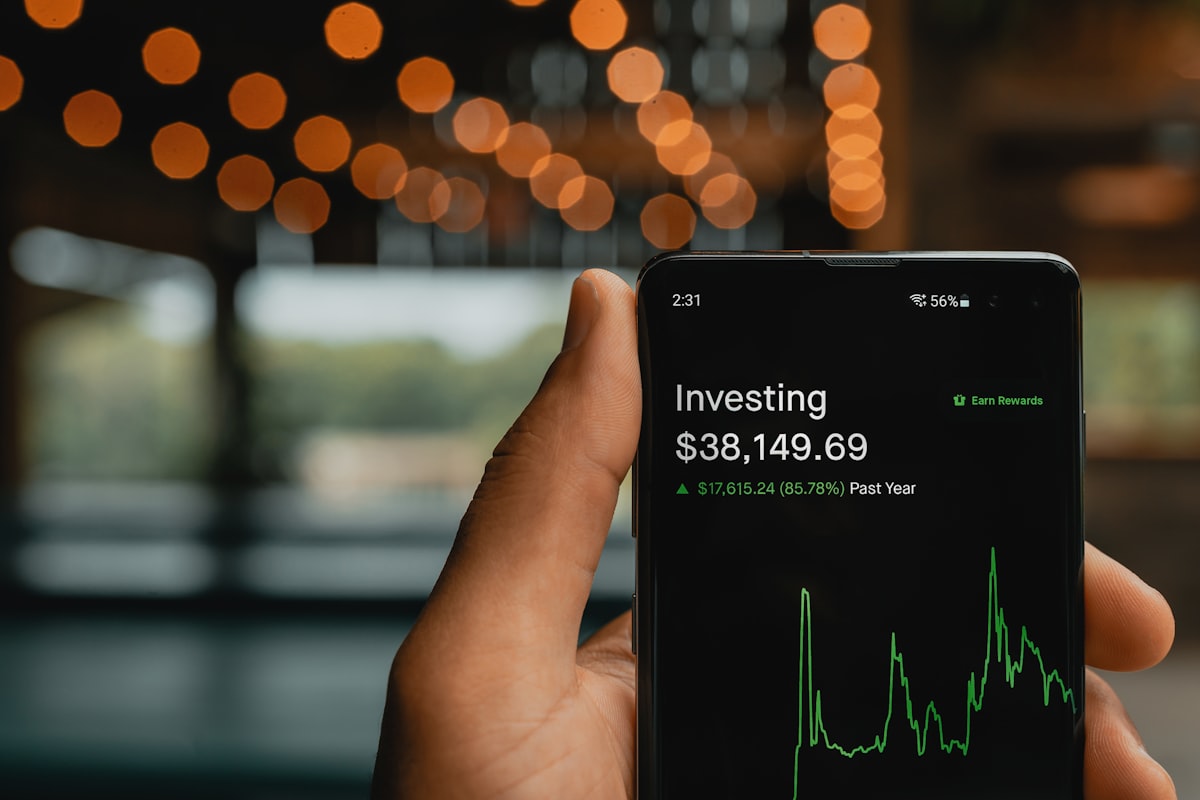Part 8 – Technical Analysis and Choosing the Right Assets
How do I know when to buy, sell, or avoid a crypto project?

Hello and welcome back.
So far in this series we have discussed:
- A series Introduction
- What crypto is
- Why your back up plan during the changing world order should include some crypto
- Intrinsic risks to investing (fighting your biases)
- Extrinsic risks to Investing (ponzi’s, volatility)
- Institutional Investors and how they affect asset price
- My simple investment protocol to minimize intrinsic risk.
Now we are going to take a look at the specifics of investing in crypto:
- Which crypto’s do I buy?
- When do I buy?
- When do I sell?
Ready? lets get started.
Which Crypto do I Buy?
Bitcoin and Ethereum. Let’s move on…
… Okay I am kidding, sort of.
Here is the run down:
Open up www.coinmarketcap.com and look at the top 10 crypto (ranked by market cap). These are the only Cryptos I would recommend you put money into for beginners. The reason is very simple, its the first extrinsic risk: Volatility.
Really Quick Vocab Lesson:
Bitcoin and sometimes Ethereum are the primary crypto tokens.
They are in the news stories, they have the largest market cap.
Anything else is considered an Alt-Coin.
An alt-coin with a small market cap is called a small cap Alt-coin. Pardon the language here but these alt-coins are also commonly referred to as shit-coins. Because that's what they are, usually.
Additionally if you haven’t noticed, crypto projects have a name and ticker symbol just like stocks.
Bitcoin = BTC, Ethereum = ETH, Polkadot = DOT, and so on.
Coins are also called Tokens regularly. these are interchangeable terms.
Bitcoin and Ethereum have much higher Market Caps than other crypto projects, especially when buying in a bear market (a low priced market). This higher the market cap, the smaller the price swings will be. Crypto is already especially vulnerable to volatility because of its low market cap overall.
Compare Bitcoins ($557 billion) to your average low cap alt-coin like “Love Hate Inu” (LHINU… yes really) which has a market cap in the hundreds of thousands of dollars… and you’ll see a LOT more volatility.
This makes these tokens fun to gamble on (some of them turn into Doge Coin and sky rocket, most of them are pump and dumps you will lose all of your investment in), but they are terrible investments. Please do not throw money you care about into Low cap alt coins.
There is a middle ground here, mid-cap alt coins. DOT, LTC, MATIC, AVAX, LINK, etc. These are 10-20 ranked on coinmarketcap.com.
Bitcoin and Ethereum are the Coco-Cola and Pepsi of the crypto world. They have brand recognition, therefor money flows into them more often than unheard of "shit-coins".
Why do people buy in these small-cap tokens?
For a token to double in price the market cap has to double in price. If you remember from part 5 on extrinsic risks:
"Market cap is a measure of the total valuation of an asset. In this instance it is the value of all Bitcoin X the total number of outstanding shares (or coins, in this case)."
This means for Bitcoin to double from $30,000 (or so, at the time of writing) its market cap has to rise from $557 billion to over 1 trillion dollars.
In other words, $557 billion additional dollars must be invested into bitcoin to double its price.
Remember Love Hate Inu from 3 paragraphs ago? If its market cap is $150,000, only $150,000 more needs to be invested to double your investment.
